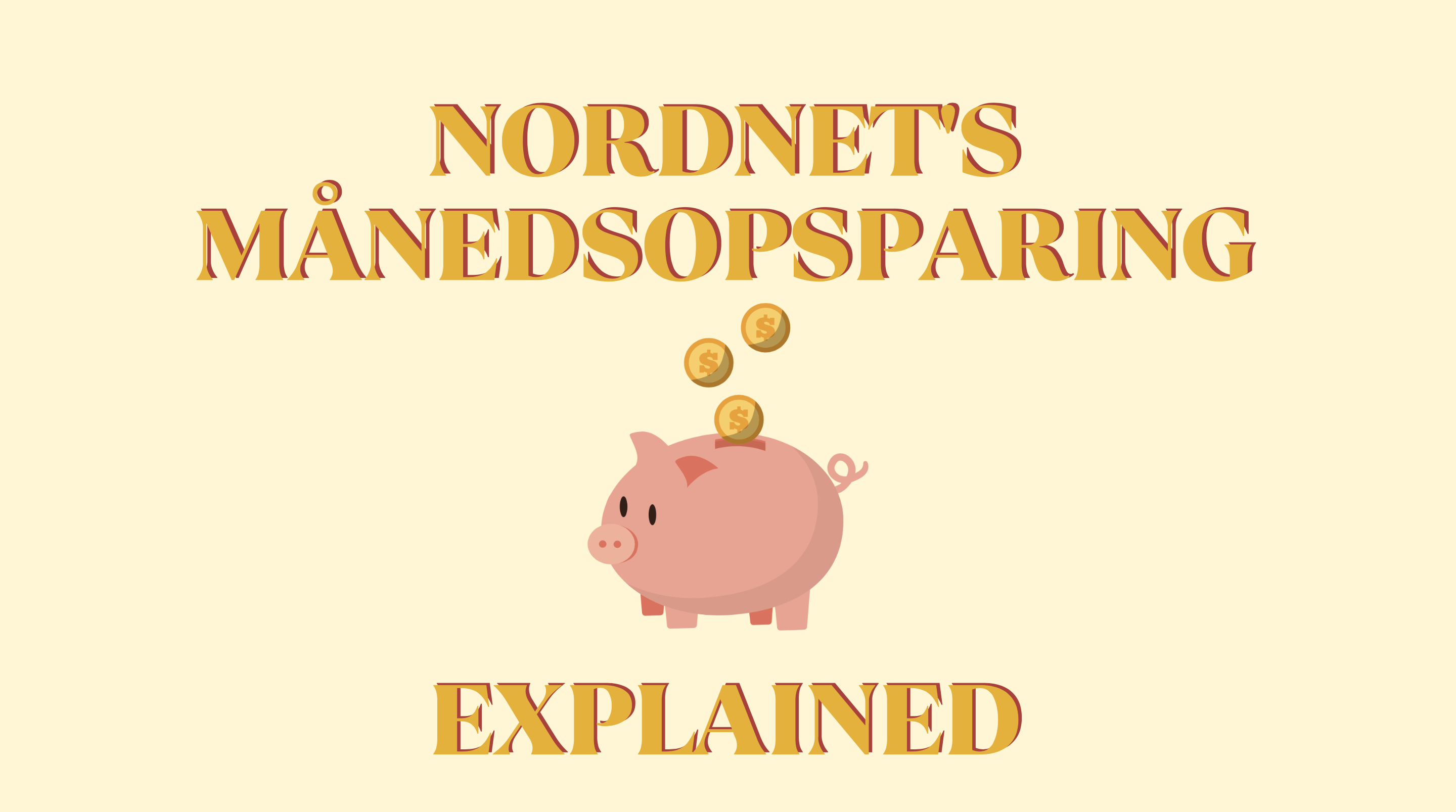In this article I will be talking about some of the things you should consider before creating an investment strategy, my personal investment strategy and some other common investment strategies. But before we begin:
Disclaimer: I am NOT a certified financial advisor. I am not advising you to use the same strategy I use or any of the other strategies I mention. I only aim to share knowledge and inspiration. Any stocks/ funds I may mention should be considered examples and not direct advice. Investing always comes with risks and while you can gain money, you can also lose some or all the money you invested.
Now that that’s clear..
Risk profile
One of the first things you should figure out before creating an investment strategy is your risk profile – also known as risk tolerance. You will often hear experts talk a lot about risk profiles. Learning about your risk profile is important in order to know how much risk you’re willing to take.
To make things simple, we’ll put risk into 3 categories: low, medium and high. Here’s some questions to help you determine your risk profile:
- What is your goal?
- What’s your time horizon?
- If you lost a significant amount (or all) the money you invested – how would that impact your life?
Most banks have risk calculators, but you usually have to give them your information and agree to terms & conditions (so marketing spam) – so I won’t be linking any here. If in doubt, you can always ask your bank advisor to determine your risk profile. Taenk.dk* also has a risk calculator, but you have to be a paying member.
*NOT SPONSORED: Taenk.dk (Forbrugerrådet Tænk) is an independent organization working for consumer rights. Among other things, they test products and services so consumers can make well informed purchases.
I often refer to Forbrugerrådet Tænk, because it’s an independent, trustworthy organisation. This is not sponsored, but if you speak Danish I highly recommend becoming a member – personally, I look at their tests every time I make a bigger purchase 🙂
What is your goal with the investments?
Are you planning to use the money when you retire? Do you have a rather short-term goal, such as using the money to pay for a holiday, wedding, down-payment for a home? Are you only investing so that your money doesn’t decrease in value due to inflation?
What’s your time horizon?
Or simply put, when are you gonna need the money? For example, if you’re in your 30s and you’re saving up for retirement, your time horizon is long, probably 30+ years unless you’re planning to retire early. If you’re planning to invest and then sell in 5-10 years to use the money as down-payment for an apartment, your time horizon is short.
Experts often recommend that the very minimum time horizon should be 3 years, but preferably at least 5-10. 20+ is ideal.
If you lost a significant amount (or all) the money you invested – how would that impact your life?
Losing money sucks and nobody likes to make an investment that fails. But how much it impacts us may be different from person to person.
It is often advised that you don’t invest money you can’t afford to lose. Not because all investments are bound to fail, but because they all can.
So if you only invested money that you can afford to lose and you lose it, it might give you a bad mood but that’s more or less it. But if you invested all your savings and you lost it all.. Well that’s a real problem.
My personal investment strategy
I’ll say this again, just so it’s very clear for everyone: I am not a financial advisor and while this strategy works for me, it doesn’t mean it will work for you. Any companies, stocks, funds etc. I mention should be considered examples, not advice!
With the risk of sounding a bit hippy-dippy, my goal is not to become a millionaire, billionaire or make it to the Forbes 30 under 30 list or whatever. My goal is to achieve financial freedom and own 100% of my time. My risk profile is medium (high, according to the Tænk test though) and my strategy might seem pretty boring for a lot of people. But here it is:
Medium – long term (15+ years) investments, spread across countries and industries, earning as much as possible from dividends.
I invest in mutual funds (investeringsforeninger) and stocks. My portfolio today includes 88% funds and 12% stocks. The funds are purchased mostly through Nordnet’s Månedsopsparing (read more on that here) which follows the dollar-cost averaging strategy (buying over time instead of all at once because you know – time in the market beats market timing), but I also bought some outside of Månedsopsparing for my ASK, where I also bought stocks. Funds are the ones that give most of my dividends.
It’s not an uncommon strategy at all, but it’s also not a get-rich-quick strategy.
I currently own (AND THIS IS NOT AN ADVICE for you to also buy these):
Mutual funds (investeringsforeninger): Sparindex INDEX DJSI World, Sparindex INDEX OMX C25, Sparindex INDEX Emerging markets and Nordea Invest Klima og Miljø.
Stocks: Tryg, MapsPeople, BeyondMeat, Novozymes B, Penneo and Vestas Wind Systems.
Other common strategies:
- You could decide a specific % increase/decrease at which you want to sell. For example deciding that no matter what you sell when it reaches +100% or -20%.
- You could wait until it reaches +100% and sell half of the shares in that company so that you “take your money back” and everything you have left is profit.
Example: You buy 10 shares in company A and they’re worth 5000 dkk. Over time, they increased 100% and now they’re worth 10.000 dkk. You sell 5 shares, worth 5000 dkk, which is what you initially invested, and hold onto the rest. You can sell those at any point and it will basically be “free money” because even if the shares fall down to a value of 300 dkk. they’re still profit for you.
- Buying stocks/ funds that provide dividends, so that even if their value decreases, they still pay dividends. I know there are for example people whose strategy is living off of dividends (but to be fair, you have to invest a lot before you can).
Surely there are more strategies, what’s most important is finding the one that aligns with your risk profile and financial goals. I’d love to hear from you in the comments if you have a different strategy.
And as always if you found this article valuable, you can support my work by clicking the buy me a coffee link below 🙂
Did you find this article valuable?
Or support me by sharing this article with your international network. Together we can empower internationals in Denmark to learn about their money







6 Responses
Hi Andreea,
thank you so much for your article! I would be curious to hear more about which Danish banks offer accounts for buying funds and stocks or which bank has good conditions. And how is the taxation on gains from dividends?
Isabell
Hi Isabell!
Thank you for the comment! All Danish banks will allow you to buy stocks and funds but you will need a separate account (depot) – not your regular bank account – to buy. However, I suggest reading up on Nordnet and Saxobank (investment platforms) before deciding to buy stocks through your own bank, because if you later change banks, you will have to sell your shares and buy them again through the new bank.
I wrote a comparison between the some Nordnet, Saxobank and more on my Instagram account – @moneylikealocal.dk.
As for dividents, if you get dividents of up to 58.900 dkk/ year, you pay 27% tax. If you have more than that, then the amount that exceeds 58.900 dkk is taxed with 42% (I also wrote a bit more about tax on Instagram and I am planning to write a guide on everything tax-related).
Andreea
Thank you for your post.
One thing I would like to comment here about your invested stocks.
You mentioned that you are investing monthly in Sparindex INDEX OMX C25 and but I think you shouldn’t invest Tryg, Novozymes B and Vestas Wind Systems separately. As your already investing in those companies through Sparindex INDEX OMX C25.
Hi Biswajit 🙂 Thanks for your comment. That’s definitely one way to look at it. A counterpoint would be that if one of them would double in value, you would make a lot more money by owning a share directly in the company than by owning it through a fund. So if you really believe in a company (not saying that’s the case for me) it might make more sense to buy the shares directly, even if you “own” it through a fund.
However, I did buy these before I started to invest in C25 through my månedsopsparing.
Hi Andreea,
Thank you for your post, very helpful and interesting to read about your investing strategy.
I am interested in dividend stock, are there any you have considered buying?
Hi Anna,
I’m happy you found it helpful!
I am not a financial advisor so I can’t give you direct advice, this is just my experience:
Dividends from funds pay way more in my personal experience than dividends from stocks. To give you an example from stocks and funds I own:
– Tryg just paid out dividends last week. The price of a share is 136.40 dkk (when I am writing this comment), and they paid out 1.85 dkk/ share. They are paying out 4 times pr. year and this year I got 1.60 dkk/ share in January and then 3x 1.85/ share, which is 7.15 dkk/ share. So the dividends that I got this year are roughly 5% of the share’s value.
– Sparindex INDEX OMX C25 pays dividends once a year, this year I got 21.10 dkk/ share and the price of a share right now is about 273 dkk before they paid dividends this year, right now it’s 251 dkk. So the dividends I got this year were roughly 8% of the share’s value.
This is how I personally like to look at dividends – what % they pay. Then there’s also Mærsk, who paid out huge dividends the last couple of years (see here), but that’s not a promise that they will keep doing so 🙂
Hope this makes sense 🙂